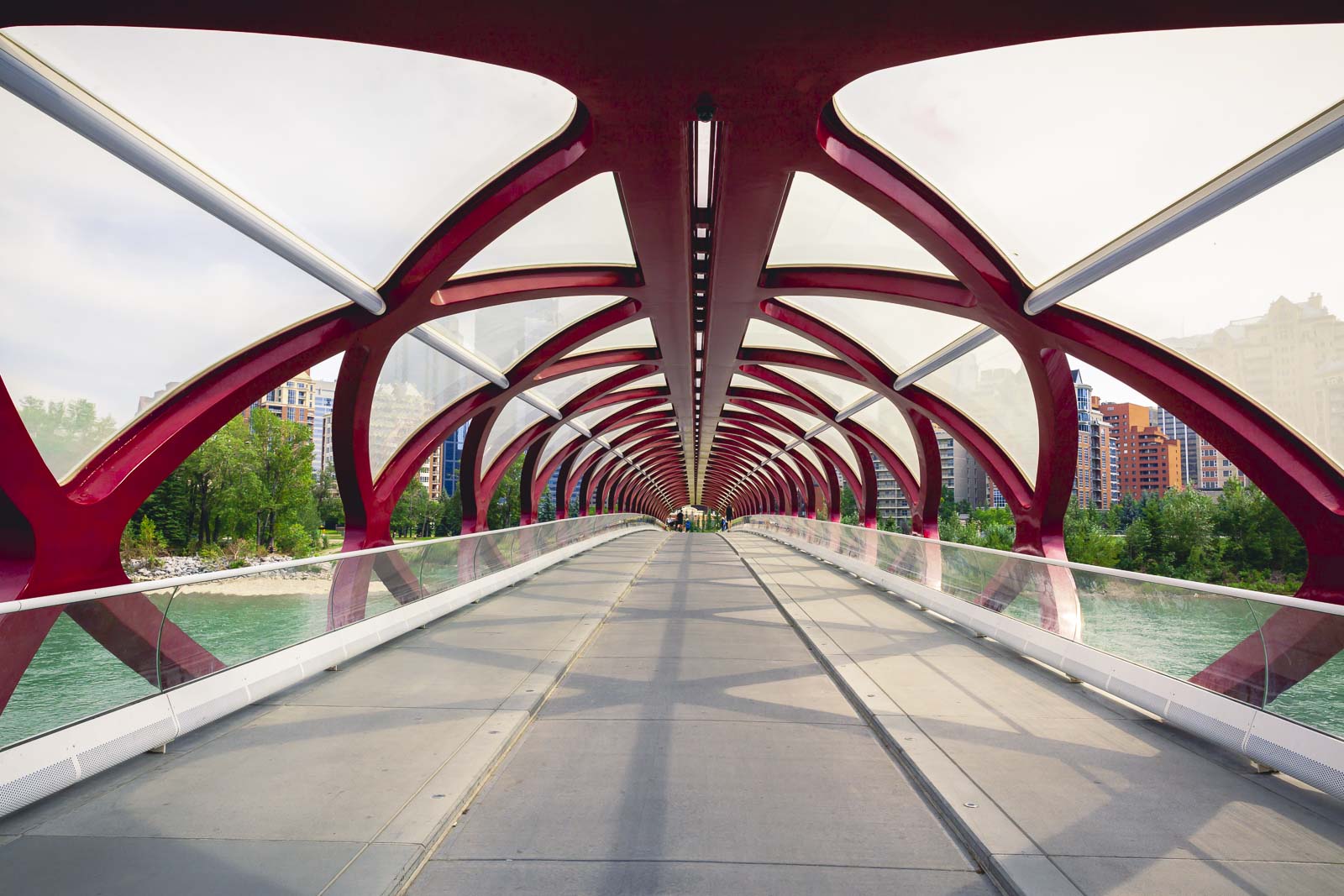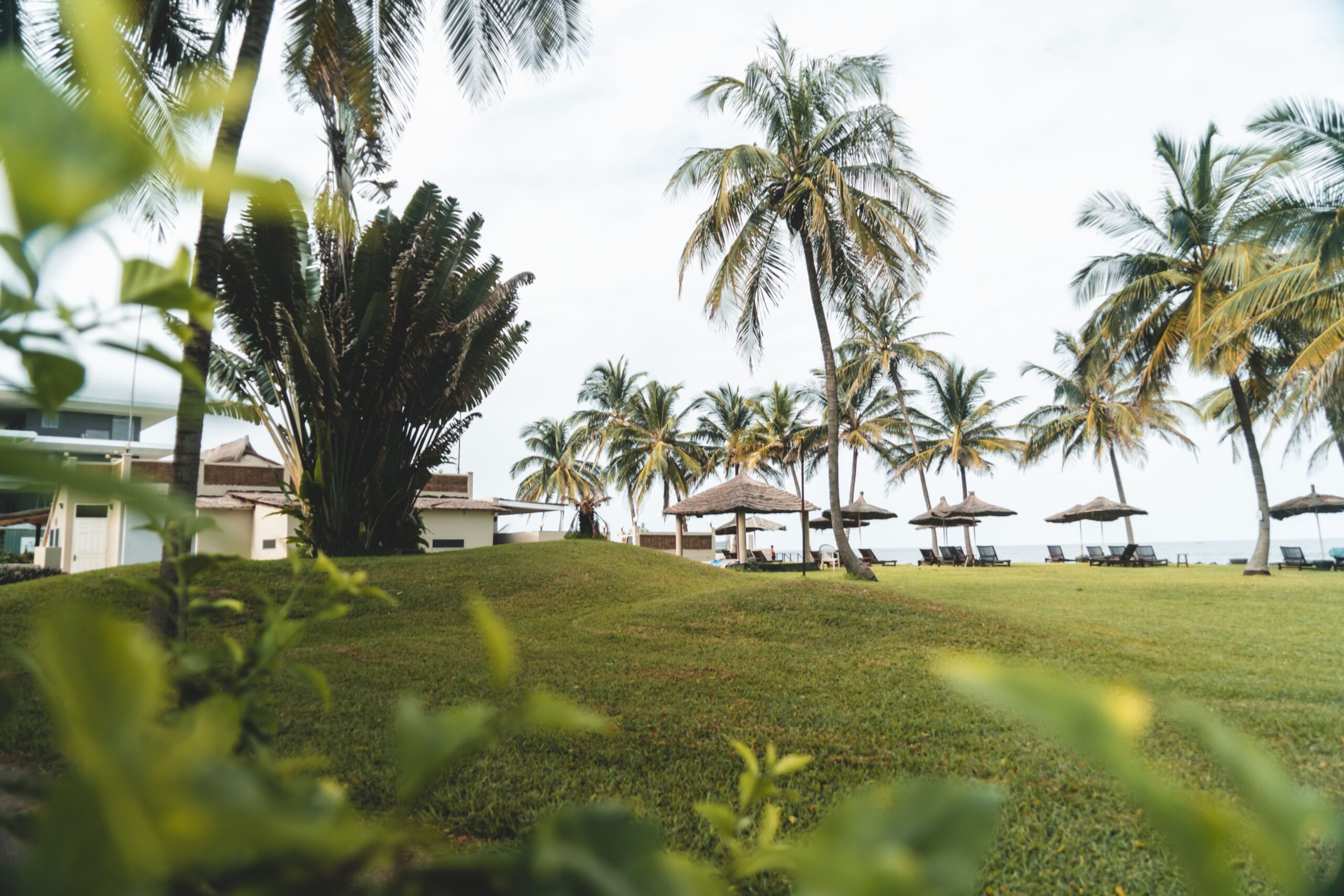Where the wind and swell may take you surfing in Fuerteventura, is still unknown. Martian-like dreamscapes of blue barrels and jagged volcanic wilderness is a killer set for an epic surf odyssey, yet to be had.
Check out our guide to the Canary Islands in Spain.
Surfing in Fuerteventura can be: unique, fun, scary and disappointing; depending how you go about it. The waves can be small or gigantic, always with a few volcanic rocks about somewhere, so maybe bring reef boots, helmet and plasters.
Here are a few more tips on how to prepare and execute a surf trip to Fuerteventura.
Check out these top surf camps in Fuerteventura!
“And if you’re going up against a heavy weight, you would want to do the training and preparations for that.”
Tom Perry, Fuerteventura surf coach and islander of 23 years.
What to expect when going surfing in Fuerteventura
Table of Contents
Tom goes on to say, “surfing seems to be the one sport where people don’t do any training for it…if you want to surf here you have to be a good swimmer”.
Understanding the ocean, its rips and tidal forces are key here. At the start of a lesson Tom runs through surf safety and etiquette with his students, on shore, before heading out.
“Its also a good idea to watch what the surf is doing for 10-15mins; look at what the locals are doing”.
The knowledge of how to get in and out of reef break surf, and where you are at all times, according to where the waves are breaking is crucial to staying safe. Tom recalls recently of having to rescue a student from another surf school after they were dragged away unaware, in a rip.
Related read: Best Destinations for Surfing Holidays Around the World
The swell that hits the island, forms on the reef and can cause some of the most powerful, dangerous and fun waves mother nature has to offer. It’s not uncommon to see excellent long barrels forming here. That being said, surfing the world over it is a limited resource, and one that is perhaps being abused for profit like gains by corporate ideology.
Tom runs a small surf school here on the island and has decided to keep it real and provide excellent safe and attentive surf coaching, whilst respecting the surfing culture, locals and families that also surf here. “Under the radar” that’s how I operate, says Tom.
How to get to the best surf spots in Fuerteventura
The sense of adventure is still very much alive here if one wants it. Volcanos, dirt tracks, nudists and crashing blue waves form a picture one wants to get immersed in.
Hire cars can be cheaply rented at the airport but be prepared for limited availability and long waits at the airport for a car. It’s advisable if taking surf boards that soft roof racks are used as the police have introduced heavy fines for people carrying equipment inside the cabin of vehicles. Many of the surf breaks are at the ends of dirt roads, so the more rugged of vehicle, the better.
Where to stay in Fuerteventura
Accommodations vary on the island a standard 1 bed apartment costs on average £50 per night. Tom runs a 9-bed group/family house that is connected to his surf school which is ideal for an inclusive surfing holiday.
Other options include:

When to go surfing in Fuerteventura
The surf season runs from October through to March for ideal conditions. Summer wet suits are generally worn all year round as the wind can cut through the heat. Rash guards and board shorts can be worn though in hotter months. Wet suits can be more protection from the reef beneath though. Wearing sunscreen and zinc on the face is a good idea too (or a hat).
When you arrive here it can be a dilemma of where to surf depending on conditions (wind and swell direction). This is an art that can take years to practice and is cut short by drawing on a guide’s knowledge of where to surf on which days. They will share knowledge of well-known spots only and here are a few of these and a link to local surf cams and maps.
Where to go surfing in Fuerteventura
Here’s where to go for the best surf spots in Fuerteventura.
See also: Windsurfing & Kitesurfing in Tarifa, Spain
Rocky Point
This break situated in Corralejo, northeast of the island, has a long paddle out to a perfect right barrel, when working in north directed swell. Surfing here is joined in with amazing views of Lobos, the neighbouring island and ferries that pass by you in the channel. There are different sections of this break with the outer back being the biggest.
You will know when you have paddled out enough by being able to see around the harbour wall at the distant headland. Duck diving these monsters is difficult so using the channel to manoeuvre is key. Seeing these walls of water moving towards you in the shipping lanes is an experience that causes the tingles still to rumble down the vertebrae.
Find the location here.
Majanicho
Here you could stay in one of the small basic fisherman houses that are situated on the shore for around £50/night. Waking up early to catch the surf whilst is quiet is sometimes crucial. Off to the right on big days bombs can be seen going off and hell-bent surf crews with jet skis, making the most out of “Acid Drop”.
A little way back on the headland amongst the volcanic debris pilgrims park up or sometimes camp in vans waiting for the conditions to be right. Then walking over the rocks to a small key of water will lead you out to the breaks which work at all tides but better and forming more at med to high.
You can find the location here.
German Right
German right works best at low tide that is a little past Majanicho heading west on the north coast. Parking can be tricky and again it does get busy. The long paddle out through a groove in the rocks and sling shot around will lead you to a great right that works great in the right conditions.
Watching from the shore can be fun too. Here you can capture good photos of people shooting off big waves again and again as the blue tubes crash into the black volcanic claws that are forever traying to grasp you. Defying its clutches and finding your way back in is a wild ride.
You can find the location here.
Flag Beach
Flag Beach is a beginners beach and you will find the local surf schools making good use of it most days. There are still rocks to be mindful of. There are lifeguards that work this beach also. The swell is more gentle here than other beaches so if your surfing for the first time here is a good place to start that journey.
You can find the location here.
There are obviously many more breaks around all four corners of the island, and it really is about own personal discovery and unique experience. Who you meet and get surfing with is all part of your narrative. North, south, east, west; it’s all out there like a giant playground which you can dune buggy around like mad max on holiday, if you want.
Surf breaks to be mindful of
Hierro right and lobos can be known for there “territorial nature” and it is advisable for extra mindfulness to be taken when surfing here.
Things to do when the sun goes down or the waves go flat
- Dune buggy around the the islands dunes.
- Trek up one of the many volcanos on the island at dawn or dusk for spectacular view, or to check where the waves are.
- The island has many great restaurants to discover that are local and authentic.
- Check out the surf shops and local businesses of Lajares in La Olivia.
- If wind surfing is more your thing, then this island is well known for its windsurfing and specialist schools.




